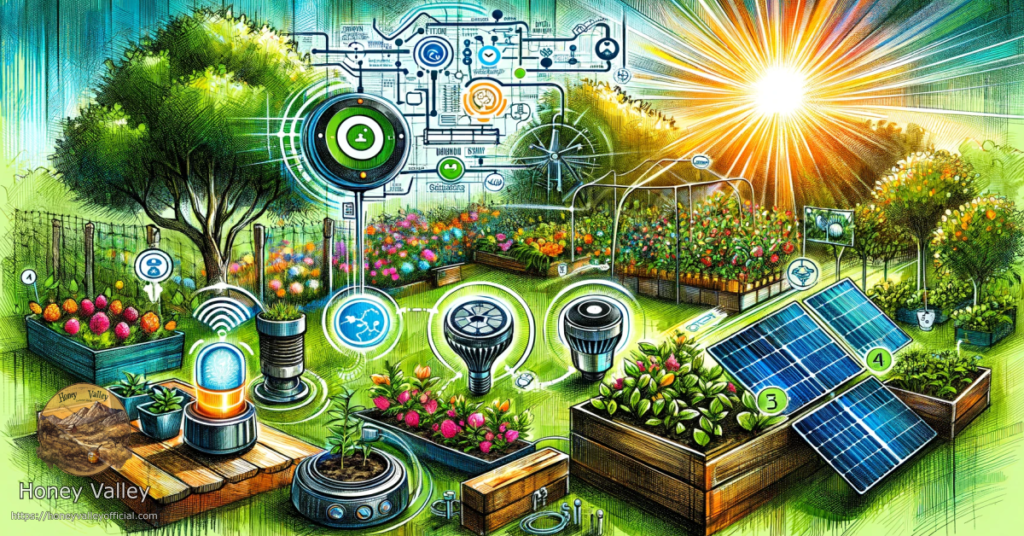The Best Way to Grow Green Bell Peppers
Green bell peppers are a popular vegetable that can be grown in your own backyard. They are not only delicious, but also packed with essential nutrients. If you’re interested in growing your own green bell peppers, here are some tips to help you get started.
1. Choosing the Right Location
Green bell peppers thrive in warm and sunny locations, so it’s important to choose a spot in your garden that receives at least 6-8 hours of direct sunlight each day. Make sure the area is well-drained and has fertile soil. If your soil is heavy clay or sandy, consider amending it with organic matter, such as compost or well-rotted manure, to improve its texture and nutrient content.
2. Starting from Seeds or Seedlings
You have two options when it comes to starting your green bell pepper plants: growing from seeds or purchasing seedlings from a nursery. Growing from seeds gives you a wider variety of pepper types to choose from, while using seedlings allows you to skip the germination process and start with more mature plants.
If you choose to start from seeds, sow them indoors 8-10 weeks before the last frost date in your area. Plant the seeds in seed trays or small pots filled with seed-starting mix. Keep the soil moist and provide warmth and light until the seedlings emerge. Once the seedlings have grown a few inches tall and the weather has warmed up, you can transplant them into your garden.
If you decide to go with seedlings, purchase healthy plants from a reputable nursery. Transplant them into your garden after the last frost date, when the soil has warmed up and there is no longer a risk of frost.
3. Planting and Care
When planting your green bell pepper seedlings, space them about 18-24 inches apart to allow for proper air circulation and growth. Dig a hole slightly larger than the root ball of the seedling and gently place it in the hole. Backfill the hole with soil and press it down gently to secure the plant.
Water your pepper plants regularly to keep the soil evenly moist, but not waterlogged. Avoid overhead watering, as it can lead to disease and fungal issues. Instead, water at the base of the plants using a drip irrigation system or a soaker hose.
Apply a layer of mulch around the base of the plants to help conserve moisture, suppress weeds, and regulate soil temperature. Additionally, consider staking or using tomato cages to support the plants as they grow taller and produce fruit.
4. Fertilizing and Pruning
Green bell peppers are heavy feeders, so it’s important to provide them with regular fertilization. Before planting, incorporate a balanced fertilizer into the soil according to the package instructions. Once the plants start producing flowers, you can side-dress them with a nitrogen-rich fertilizer every 4-6 weeks to promote fruit development.
Pruning is not necessary for green bell peppers, but you can pinch off the first few flower buds to encourage the plants to focus on establishing a strong root system. This will result in healthier plants and a higher yield of peppers.
5. Harvesting
Green bell peppers can be harvested at any stage of maturity, but they are typically picked when they reach their full size and have a glossy green color. Use a sharp knife or garden shears to cut the peppers from the plant, leaving a short stem attached.
It’s important to note that leaving some peppers on the plant to fully ripen will result in a sweeter and more flavorful taste. Fully ripened green bell peppers will turn red, yellow, or orange, depending on the variety.
With these tips in mind, you’ll be well on your way to growing your own delicious green bell peppers. Enjoy the process and the satisfaction of harvesting your homegrown vegetables!


